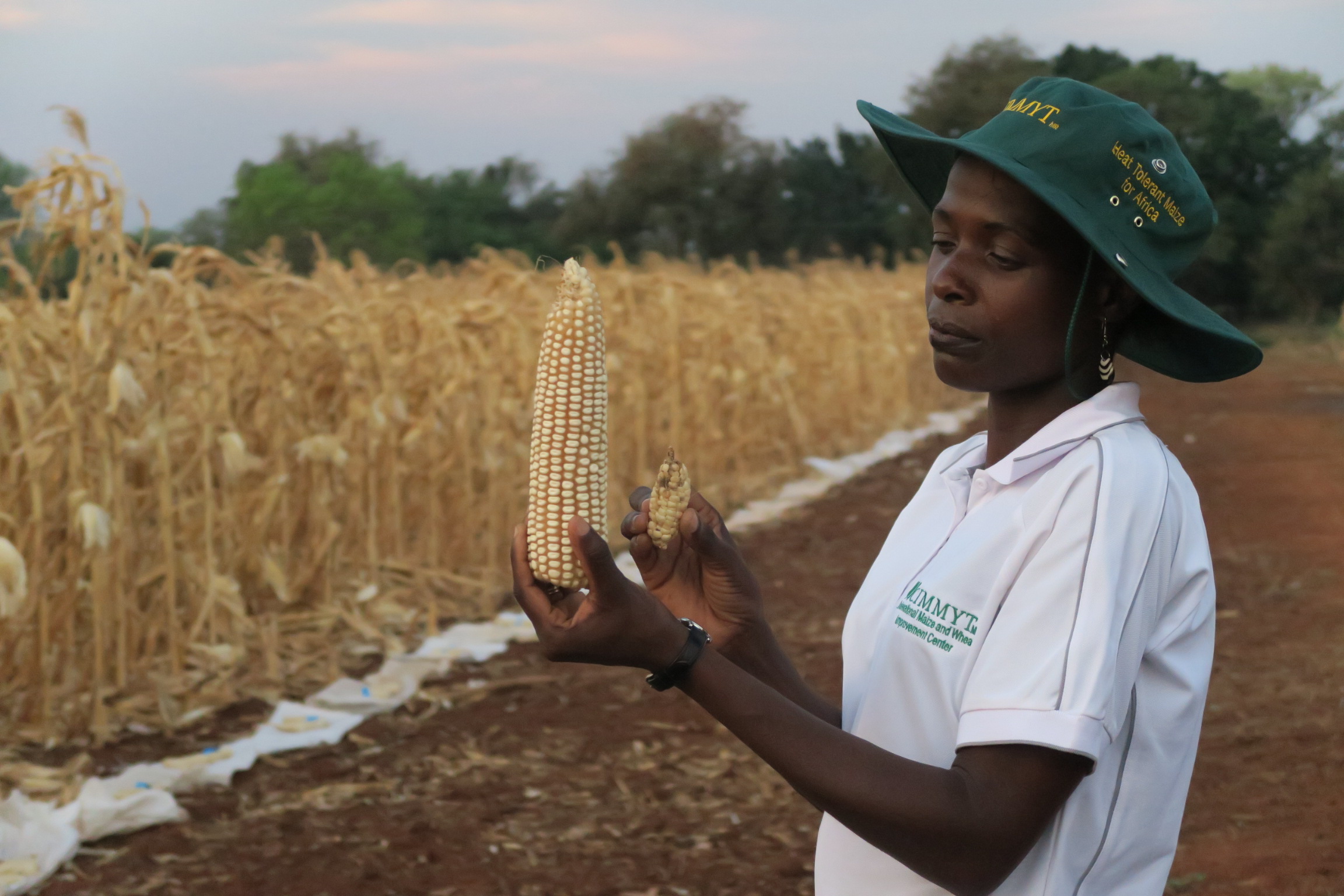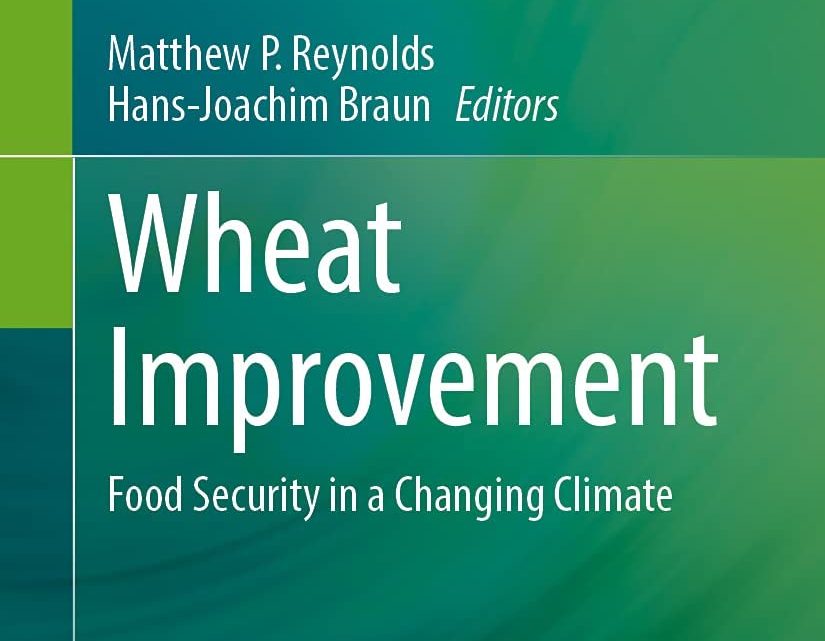You probably don’t think about climate change as you butter your toast. But behind every slice of bread, there’s a crop that’s increasingly under threat. Globally, farmers are facing blistering heat, shorter rainy seasons, and crops that don’t grow like they used to. And yet, scientists and farmers are teaming up to fight back with new seeds, new knowledge, and a shared mission to protect the food on your table.
The rules of farming, once shaped by tradition and predictability, are being rewritten by the climate crisis. And yet, not all is lost. Across the globe, farmers, scientists, and institutions are joining forces: developing smarter seeds, rethinking how we work the land, and building resilience in the places where our food begins. Behind that piece of toast is a story of adaptation, science, and hope.
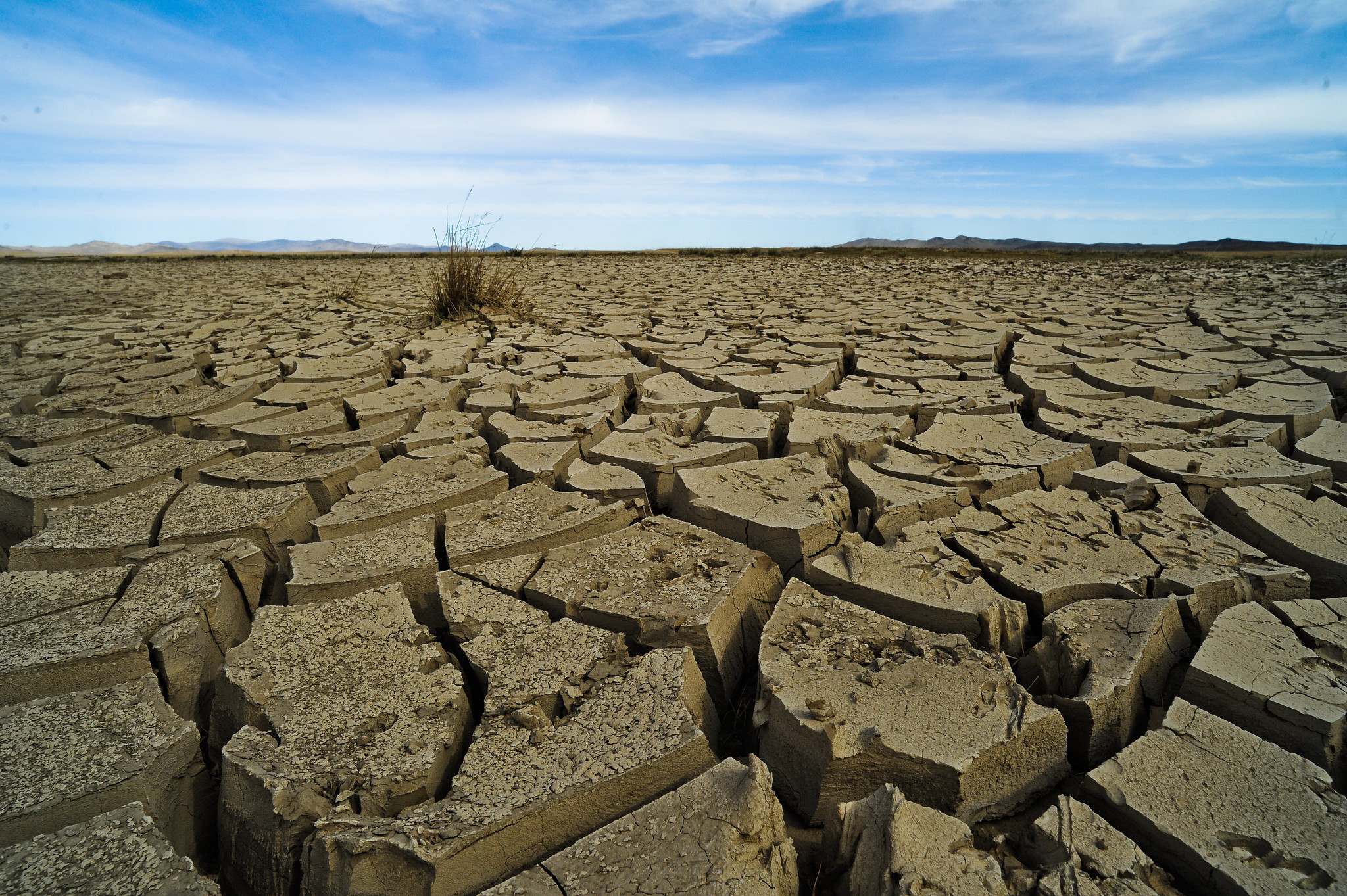
From the rice paddies of South Asia to the highlands of Latin America and the drylands of Africa, farmers are tackling the challenges posed by climate change head-on and CIMMYT is supporting them every step of the way. In Asia, farming communities are experimenting with new methods of growing food that protect their soil and water. In Bangladesh and Nepal, for example, digital tools are helping farmers to make climate-smart choices by blending tradition with innovation.
Across Africa, smallholder farmers are improving soil health and adapting to unpredictable weather patterns. With improved farming practices and access to real-time climate information, they are learning to not only survive, but also to thrive. In Latin America, soil, seeds, and rural economies are being regenerated through sustainable practices. Farmers in Colombia and Mexico are rebuilding the land while preserving agrobiodiversity, showing that sustainable farming can also be deeply local and cultural.
This is what climate resilience looks like in practice, not just in theory, across fields, seasons and untold stories. You might not see at first: the dry soil, the late rains, the crops that no longer grow as they used to.
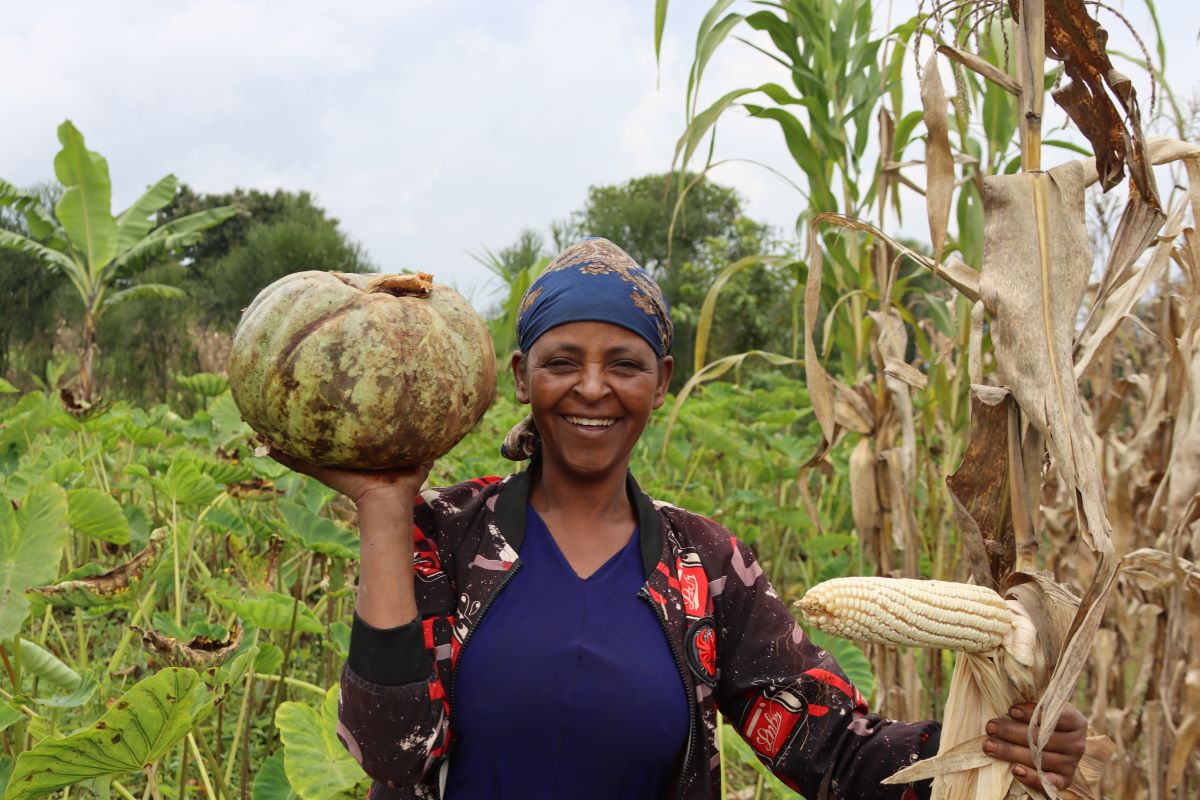
In southern Ethiopia, Adanech Bebiso has seen her harvest more than double by shifting how she farms. With guidance from CIMMYT, she adopted simple, sustainable practices like mulching, composting, and rotating diverse crops. “We used to get so little,” she says. “But now we are truly benefiting.” Her story reflects a wider change sweeping across the region, as more farmers embrace climate-smart agriculture.
In eastern India, Nirmala Devi walks through rows of maize and cabbage, proud of what her small farm now yields. “We used to grow only maize,” she says. “Now we have food, fodder, and extra income.” Through a CIMMYT-led project across India, Bangladesh, and Bhutan, farmers are intercropping, growing vegetables between staple crops to double their harvests and reduce climate risks. When one crop fails, the other cushions the blow. It’s a simple shift with powerful results: more resilience, better nutrition, and a renewed sense of possibility in uncertain times.
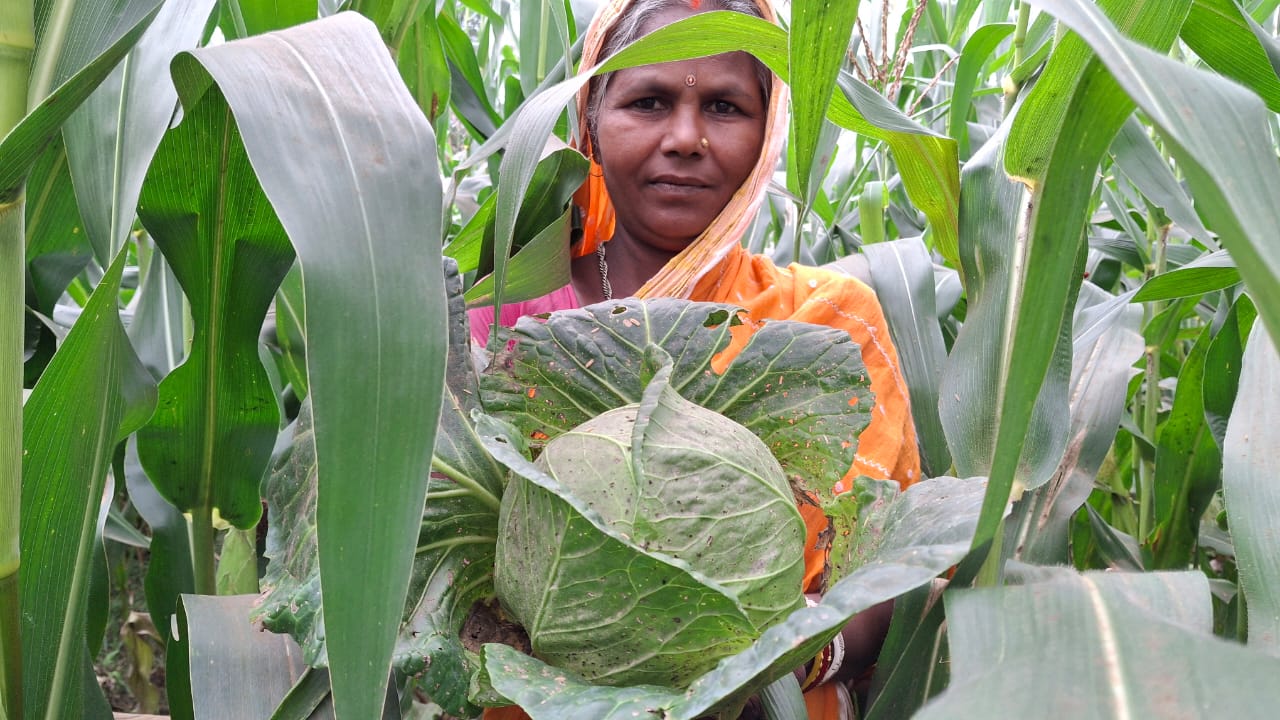
Across Latin America, farmers are renewing their relationship with the land, blending ancestral knowledge with sustainable practices that restore, rather than exhaust, their soil.
In the highlands of Oaxaca, Fabián and Tomasa have stopped burning their fields and now compost weeds and crop residues, growing beans, squash, and amaranth in harmony. With support from CIMMYT and local partners, they’ve learned to farm in a way that feeds both their families and the future. Even after storms tore through their crops, they replanted with saved seeds, guided by patience, resilience, and deep respect for the land. “It gives us life,” Tomasa says. And with each harvest, that life grows stronger.
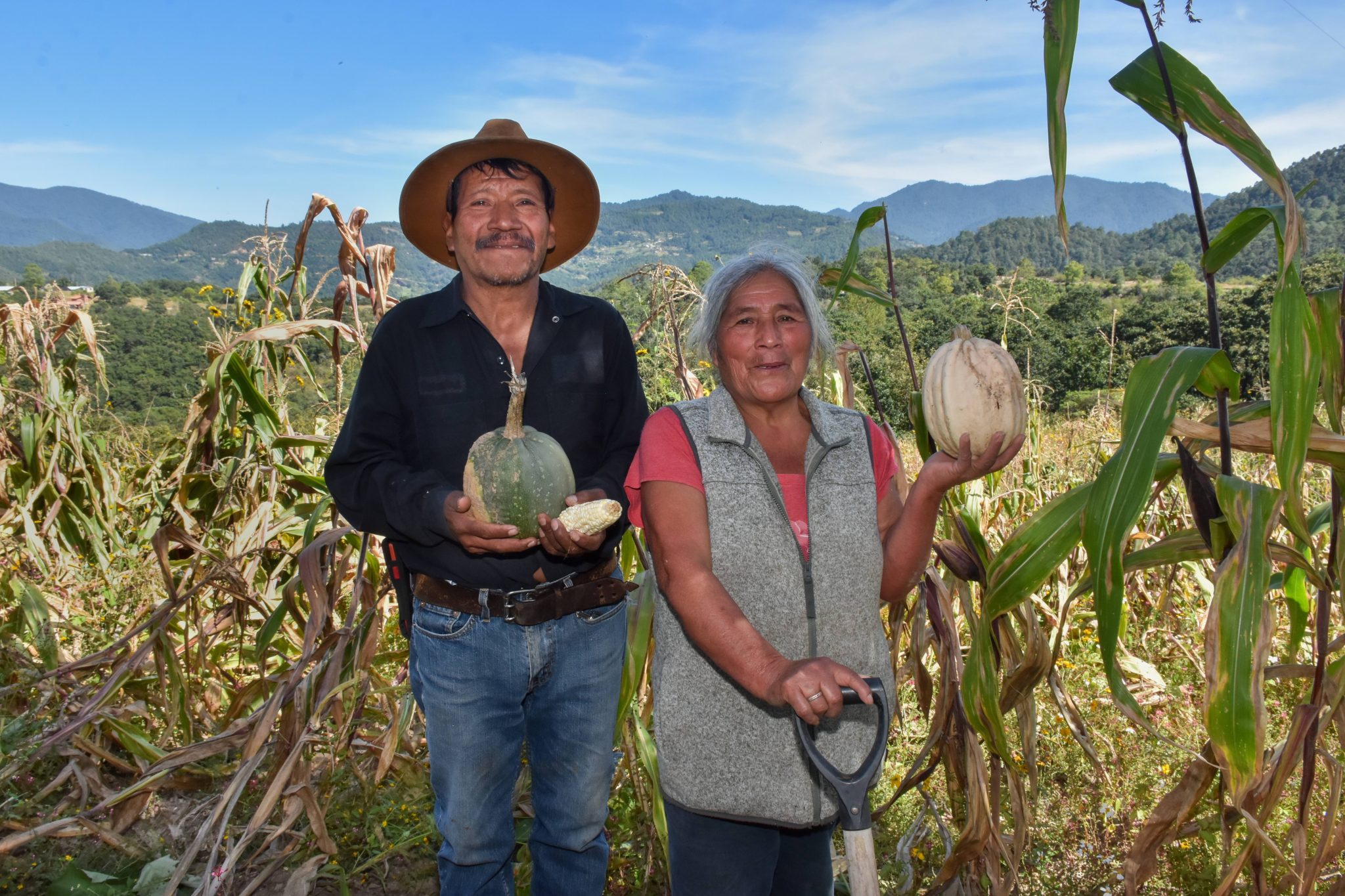
When you bite into a piece of toast, sip your morning coffee, unwrap a tamal, enjoy a bowl of millet porridge, or savor a plate of vegetable curry, you’re tasting the final step of a journey that began far from your kitchen. It started in dry valleys, on steep hillsides, or in humid lowlands, places where farming is shaped by sun, rain, risk, and resilience. And behind every harvest, there are hands like Tomasa’s, Francis’s, and Nirmala’s; people who rise early, adapt constantly, and work the land with care and hope.
Climate change is making that work harder. It’s reshaping seasons, stressing soils, and threatening the future of our food. But knowing where our food comes from—and who grows it—is the first step in understanding just how fragile and precious that future is. It’s not just about wheat or maize, rice or beans. It’s about people, families, and communities whose choices and challenges now shape what ends up on your plate.
CIMMYT works to ensure that the future stays nourished. From scientific trials to soil health, from training farmers to developing smart farming systems, our work supports those who grow the world’s food under the pressures of a changing planet. We’re not just protecting crops. We’re protecting the connections between food, people, and the land.
Because in the end, your toast is not just toast. It’s a story. And that story deserves to be known.
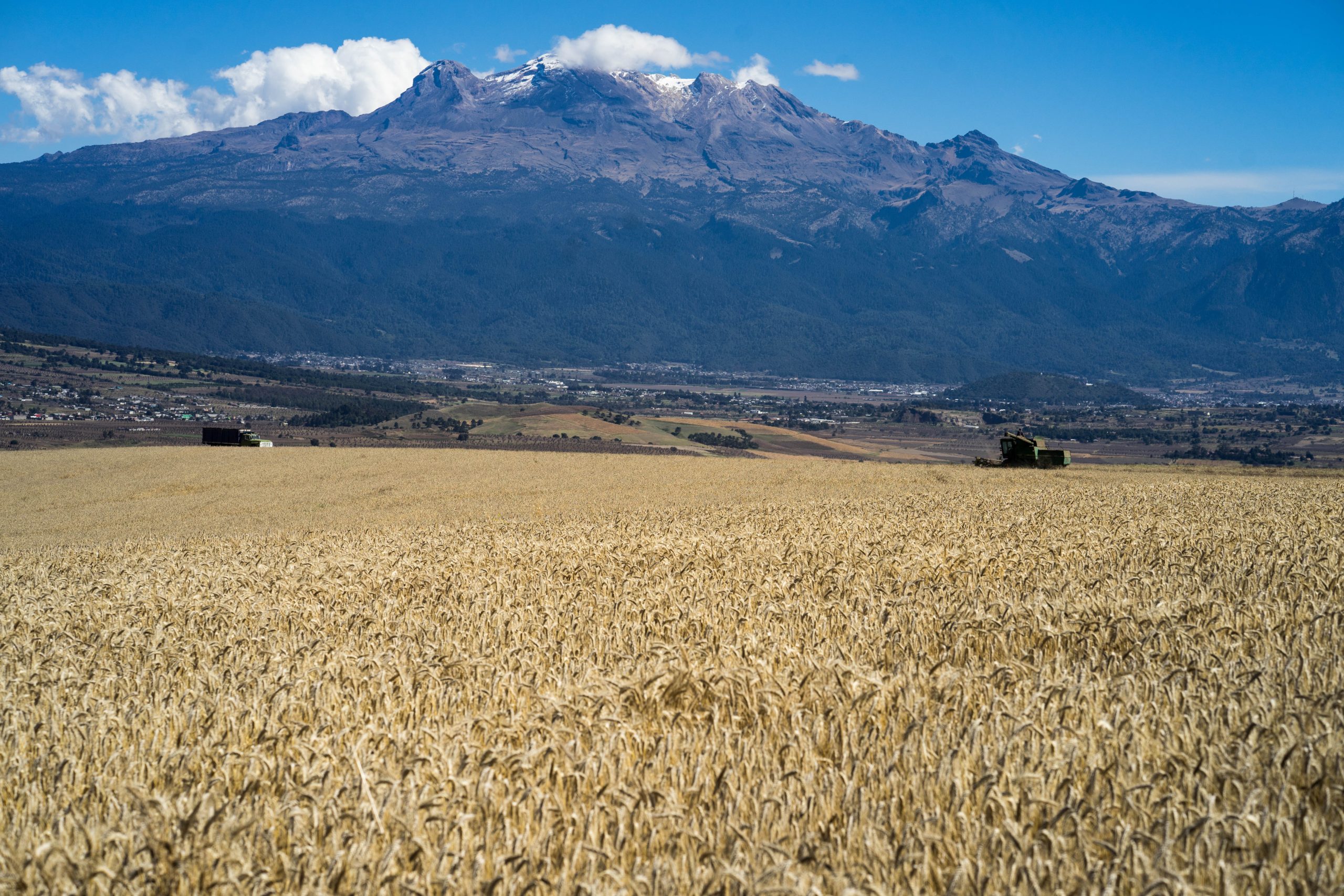
 Climate adaptation and mitigation
Climate adaptation and mitigation 